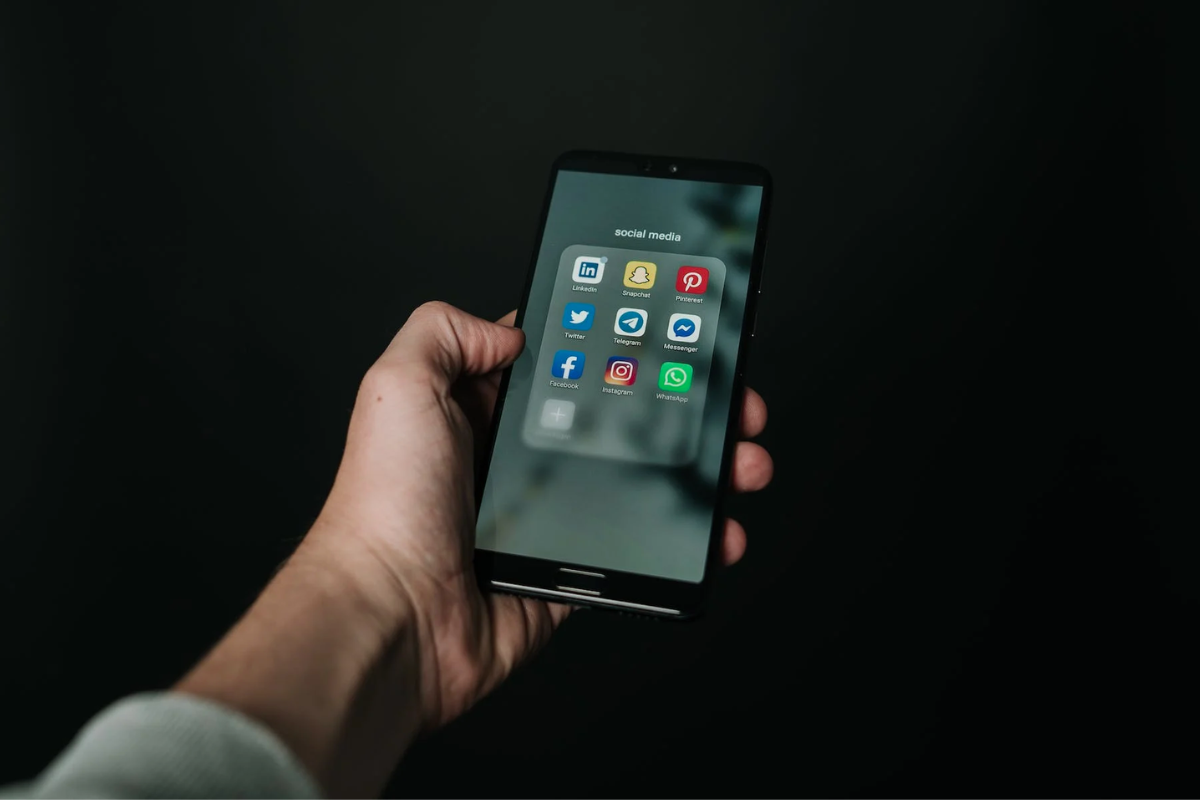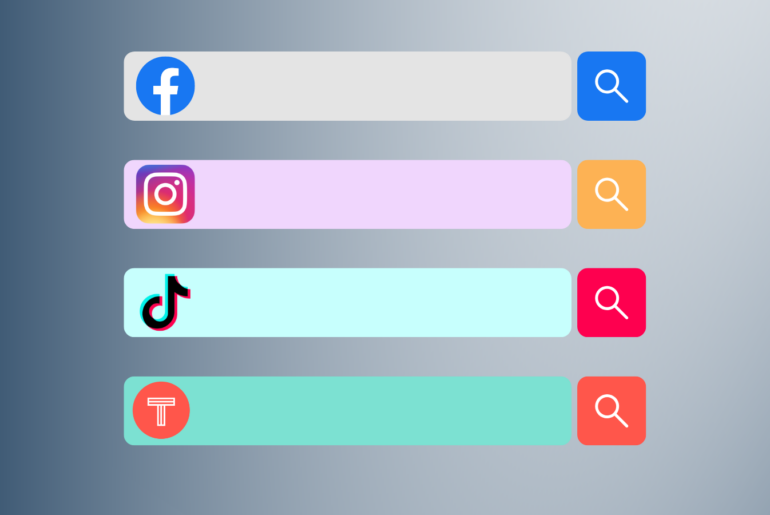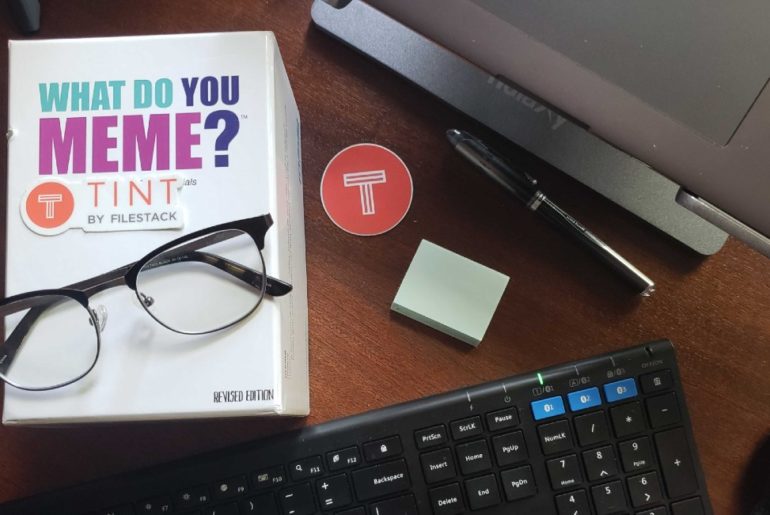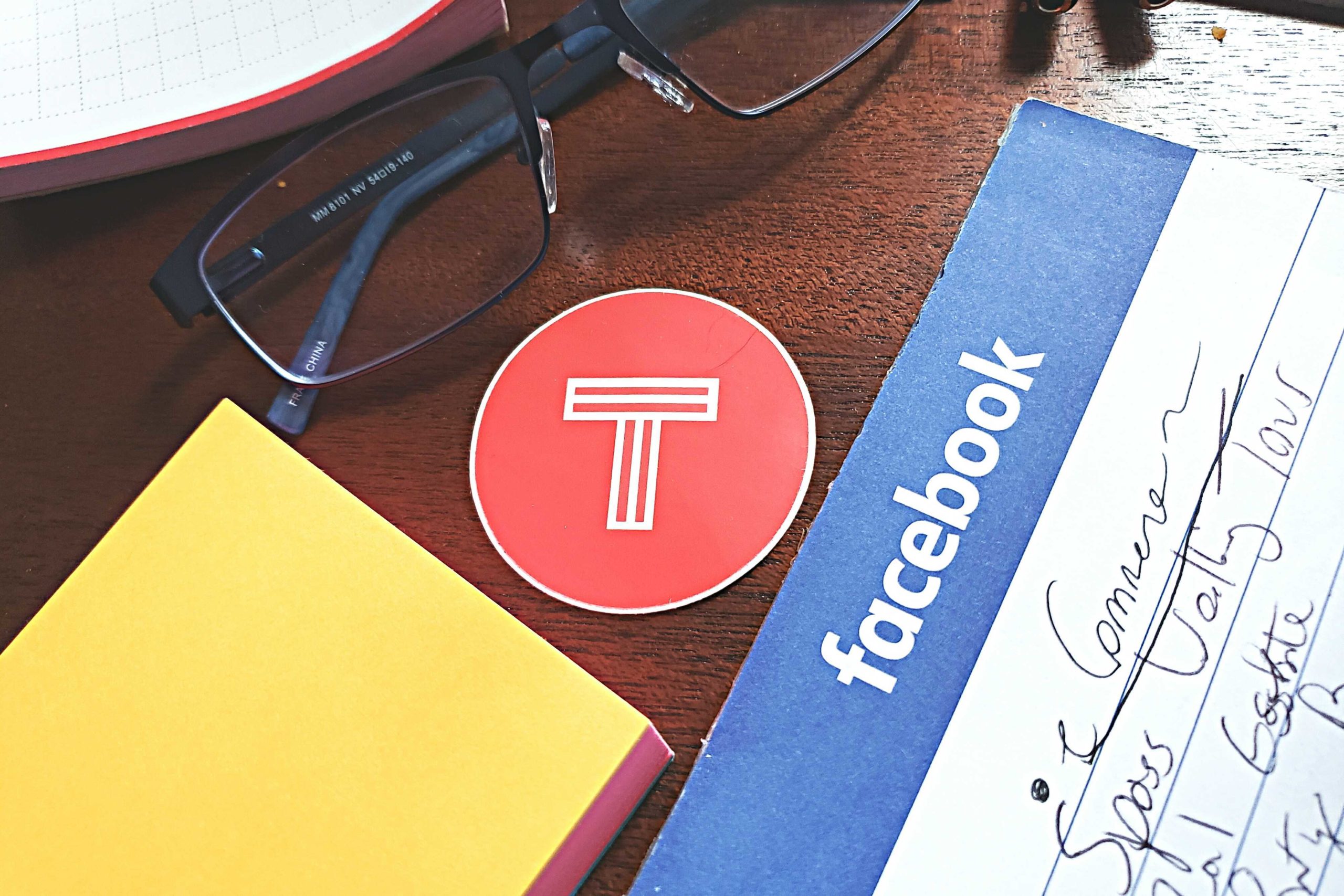With the large number of social media websites and applications now available and a new one seemingly appearing every month, it is now more difficult to gauge out of a wide variety of diverse options, which social media medium would yield the best results, given a particular campaign objective. It is the widely different services offered by each social media site that makes choosing a tough decision. And this is assuming that you are fully informed about what every social media site does! Making a decision without being fully informed on the options can be perilous. How can you choose without knowing what you’re getting into? How do you know you’re not missing out on something better out there? It’s like marrying someone a week after you meet them. Luckily, I’ve got a simple, but comprehensive guide to social media for you here. Who will win the war? Let the Social Media Skirmish begin.
1) Facebook
We’ll begin with a social media site that almost everyone is familiar with. Facebook is like the big man on campus of social media sites. Everybody knows him and everybody wants to be involved with him. He doesn’t usually let you down. That being said, because so many other people are involved in the Facebook scene, it can sometimes be easy to get lost in the shuffle, making it difficult to get the attention you crave and deserve. Facebook brand boosting campaigns typically consist of making a company Facebook Fan page, driving up the “like” count, and posting statuses, whether they consist of text, photos, or videos, to interact with fans.
One added benefit is that many other social media sites support sharing on Facebook, recognizing Facebook’s status as the leader in social media. For example, you can share your Tweets and Instagram photos on Facebook. Neither Twitter nor Instagram offers an option to share your Facebook statuses on their sites. A great foundation and essential component for any campaign. (For more information on Facebook campaigns, visit How to Share on Facebook, How to Make a Facebook Fan Page, and 5 Steps to Increase Likes for your Facebook Page).
2) Twitter
Next up is Twitter. Twitters allows you to pump out 140 character messages, complete with hashtags (#) for the purpose of summarizing the essence of your Tweet or to just mess around. For example, “Twitter is awesome. #socialmedia” is a fine example of the proper usage of hashtags. Essentially, Twitter is Facebook..minus everything except the status updates. For example, if you’re Nike, you can reach out to your fans encouraging them to share stories of adversity, coupled with the hashtag #justdoit. This creates community while simultaneously spreading Nike’s brand. (Click here to learn how to get more Twitter followers).
3) Instagram
Instagram. The app that allows anyone to become a #hipster. Take a picture, throw on a Kelvin filter, and bam, suddenly all of your photos are retro and more importantly, awesome. Instagram appeals to humanity’s innate love for beautiful things. Add a filter, and ordinary becomes extraordinary. Being a social photography app, Instagram is perfect for giving a face to your company, showing some behind the scenes action. Get personal. (For tips on how to get more Instagram followers, click here).
4) Youtube
Wanted criminal for robbing millions of people worldwide of their most valuable resources: time. Perhaps tied with Facebook for the most heavily utilized for procrastination. Youtube is a free public video sharing website. The goal of any Youtube campaign is to have a video go viral. Two examples of companies that use Youtube extremely effectively are Redbull and Old Spice. A viral video can boost your company’s publicity enormously, but it is difficult to achieve. (Here is a post I wrote on viral videos How to make Viral Videos). A great supplement to any social media campaign.
5) Vine
Vine is the new kid on the block. Vine hasn’t quite reached mainstream popularity, but it is very much on the rise. Vine allows users to make short six second clips cobbled together from even shorter clips. Vine is essentially Instagram, but with six second clips instead of pictures. It encourages creativity and spontaneity. Using Vine for your company can be an easy way to increase brand authenticity by capturing candid scenes and showing clips of what goes on behind closed doors. Vine is not quite at the point where it is widely used as a part of social media campaigns, so taking advantage could give you an edge. (Want to know more? Read on: How and Why to Use Vine).
6) Pinterest
Express your interests by putting virtual pins on a board–Pinterest. Pinterest is another social media site that has yet to reach mainstream usage. Pinterest’s user demographic is more female than male, as the artsy pins on a board presentation appeal more to those with feminine interests. Still, Pinterest can be a very effective tool for increasing traffic, a topic which I discussed in great detail here). Like Vine, Pinterest isn’t like Facebook, where every company has its own page. There is definitely an untapped audience waiting to be explored for those of you who choose to take that avenue.
Which social media site do you most gravitate towards? Why? Are there any other creative ways you like to use these sites? What do you think of this breakdown? Let’s discuss in the comments below
-Eric




